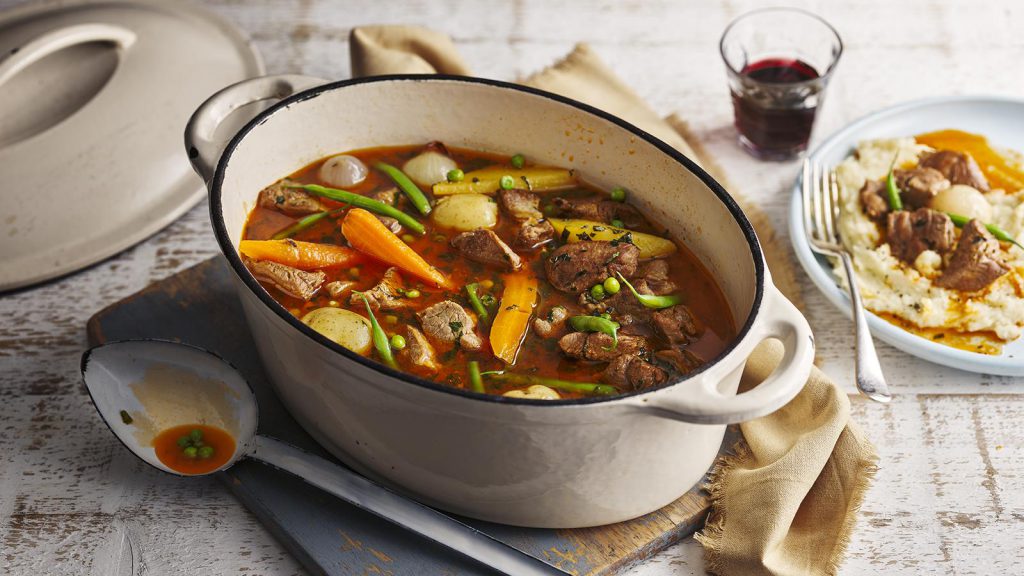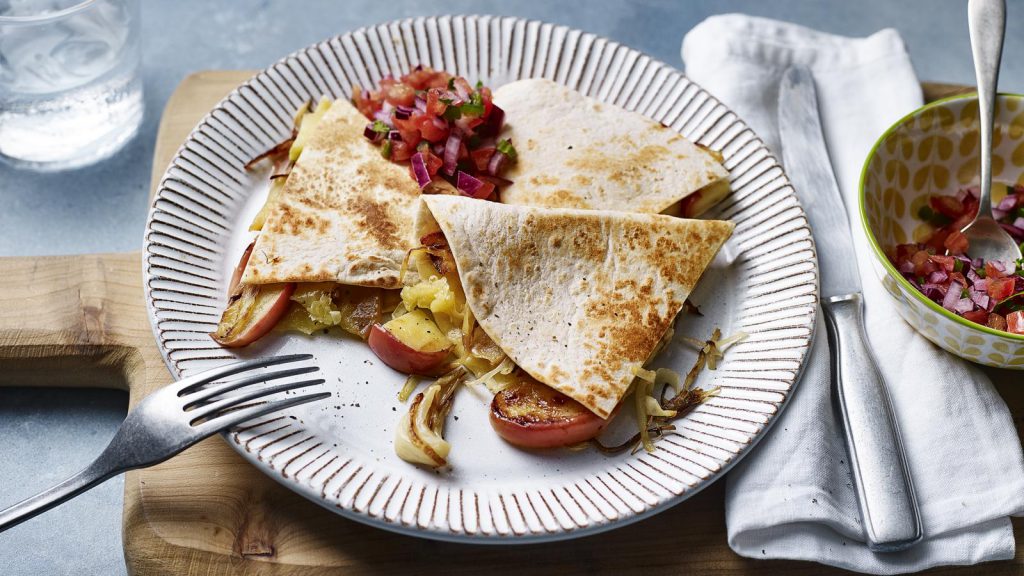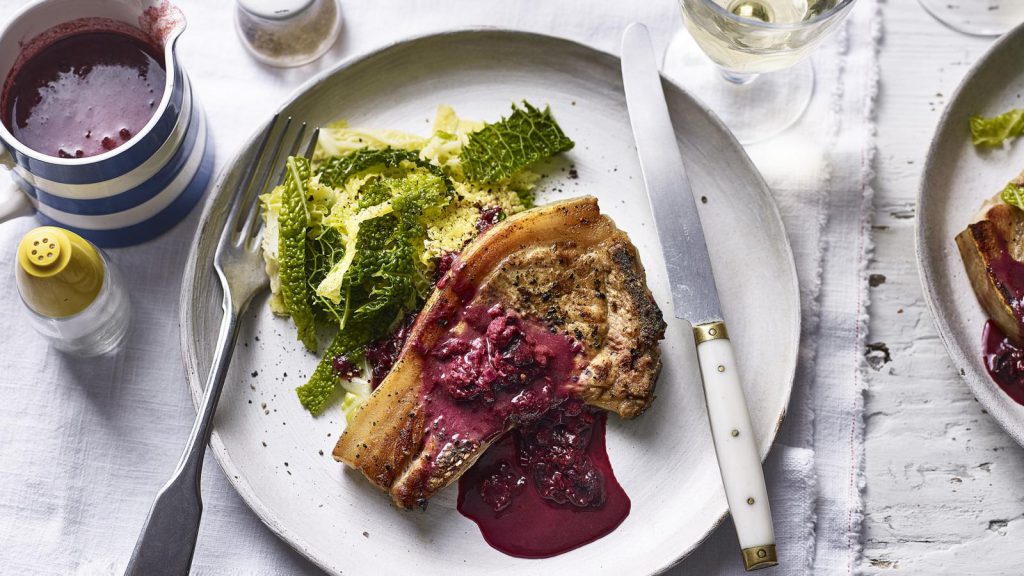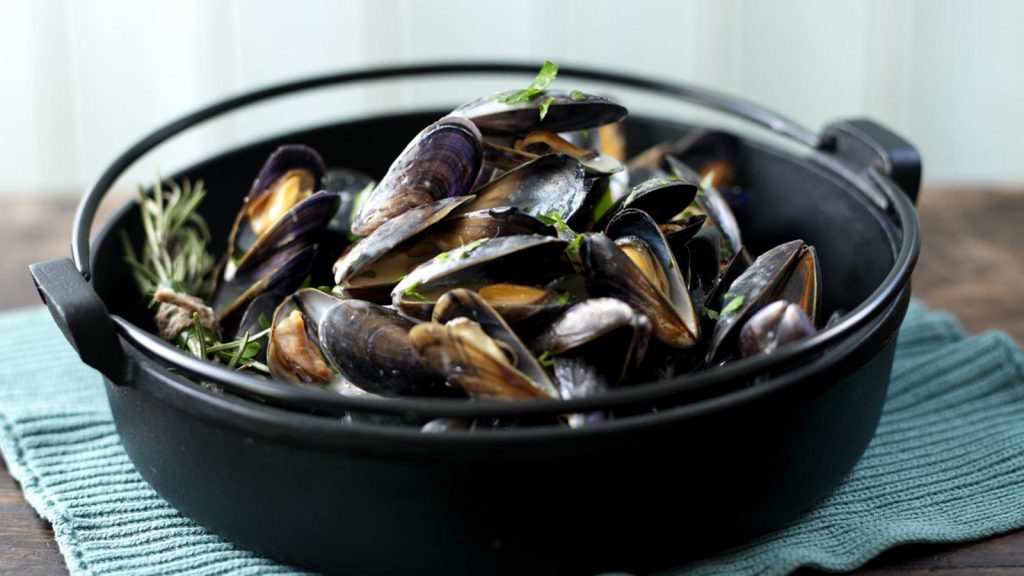Rick Stein’s Cornwall episode 17: Rick Stein travels to St Ives to meet one of Britain’s little-known artists, Alfred Wallis. In the shadow of Bodmin Moor, Rick visits a very rare collection of medieval stained-glass windows in the church of St Neot. It is here he ticks off an item on his bucket list by taking part in a rather unusual celebration called Oak Apple Day, marking the occasion when Charles II became king.
And on the Cornish border with Devon, Rick meets a lamb farmer who is on a mission to rear the best lamb in the county, inspiring Rick to cook a delicious lamb stew called a Navarin.
In this new series Rick Stein reveals the Cornwall that he knows and loves: a unique part of the British isles with a strong sense of identity and a history rooted in its Celtic past. With his famous natural inquisitiveness, Rick shares the road less travelled – championing the food, history, music, art and culture of the county many locals argue should be a country in its own right.
Rick Stein’s Cornwall episode 17

Though the word ‘navarin’ means a lamb casserole with vegetables, and can be made at any time of the year, ‘navarin printanièr’ means lamb with spring vegetables. In early June our spring lamb has that little bit more flavour, particularly if you can get salt-marsh.
If you’re in a hurry this can be an everything-in-one pot dish, but I like to remove the stewing vegetables before replacing them with small carrots with their tops left on, a few tiny mauve and white turnips, some peas, green beans and new potatoes. As this is a British navarin, I like to finish the dish with chopped mint and garlic.
Method:
- The fat on a shoulder of spring lamb is not excessive and has a good flavour but you do need to trim most of it off – say about 70%. Then cut the meat into 50g/1¾oz pieces.
- Put a flameproof casserole over a high heat, add the oil and a tablespoon of the butter, and, when smoking, add the meat and turn it over briskly until well browned.
- Pour off the excess oil. Add the rest of the butter and the onions, the sliced garlic, chopped carrot and sugar and fry until the onions are golden brown.
- Add the flour and tomato purée and fry for another couple of minutes, then add the thyme, bay leaves, stock and 1½ teaspoons of salt. Bring to the boil, cover and simmer very gently for 40 minutes.
- Meanwhile, make the mashed potatoes. Put the potatoes into a pan of well-salted water (1 teaspoon of salt per 600ml/20fl oz water). Bring to the boil and cook for 15–20 minutes until tender. Drain and leave until the steam has died down. Pass them through a potato ricer back into the pan and fold in the butter, salt and pepper to taste, and enough milk to make a creamy mash.
- Tip the lamb stew into a colander over a large bowl, pick out the lamb and return it to the pan with the cooking liquid. Discard the vegetables (these were just to flavour the stock).
- Add the new potatoes and button onions and cook for 5 minutes. Put the carrots and turnips and cook for a further 10 minutes until all are cooked. Add the peas and beans and simmer for 5 minutes.
- Mix together the mint leaves and the chopped garlic and stir into the stew. Serve from the casserole, with the mashed potatoes.




